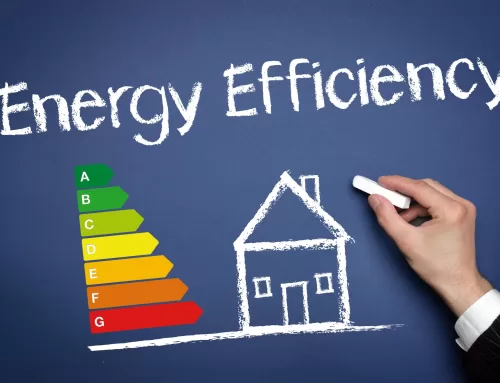Understanding Floor Types and Insulation
Understanding floor types and insulation is an important part of managing your property’s energy efficiency. Whether you are a homeowner looking to improve comfort, a landlord considering energy-saving upgrades, or a newly qualified assessor building your knowledge, this guide will help you recognise common floor types, the role of insulation, and why it matters.
Why Does Floor Type Matter?
The type of floor in your property directly affects how much heat is lost through the ground. Floors are often overlooked when considering energy improvements, but poor insulation can lead to higher heating bills, draughts, and discomfort. It also impacts your property’s Energy Performance Certificate (EPC) rating, which is increasingly important for homeowners and landlords alike.
Common Floor Types in UK Homes
There are three main types of ground-floor construction found in UK homes:
Why Insulation Makes a Difference
Uninsulated floors allow heat to escape, leading to colder rooms and higher energy bills. According to energy industry guidance, insulating your floors can:
-
Reduce heat loss and draughts.
-
Lower heating costs.
-
Improve your EPC rating.
-
Make your home more comfortable underfoot.
For suspended timber floors, mineral wool or similar insulation is fitted between joists. For solid or concrete floors, rigid insulation boards can be laid above or below the slab. Both methods are recognised in the latest RdSAP 10 methodology for improving energy performance.
How Does This Affect Your EPC?
Floor types and insulation are part of the data collected during an EPC assessment. Under RdSAP 10, the energy efficiency of a floor is assessed based on its construction and any known insulation. Properties with insulated floors typically receive better EPC ratings.
Common EPC Recommendations Include:
-
Adding insulation to uninsulated suspended timber floors.
-
Retrofitting insulation for solid concrete floors.
Even if floor insulation only raises your EPC rating by a small amount, the benefits to warmth and energy savings may be significant over time.
Final Thoughts
Understanding floor types and insulation is key to making informed decisions about your home’s energy efficiency. Whether you are looking to improve your EPC rating, reduce heating bills, or simply create a warmer home, addressing floor insulation is a step worth considering.
If you would like advice on energy assessments, retrofit options, or professional floor plans to support your property improvements, fill out the form below. We are here to help.
Frequently Asked Questions
Affordable Products to Kickstart Your Energy Efficiency Journey
Here are some affordable products that can help you start saving energy immediately:
- Energy-Efficient LED Bulbs: Amazon Link
- Smart Thermostat: Amazon Link
- Draught Excluder Strips: Amazon Link
- Loft Insulation Roll: Amazon Link











